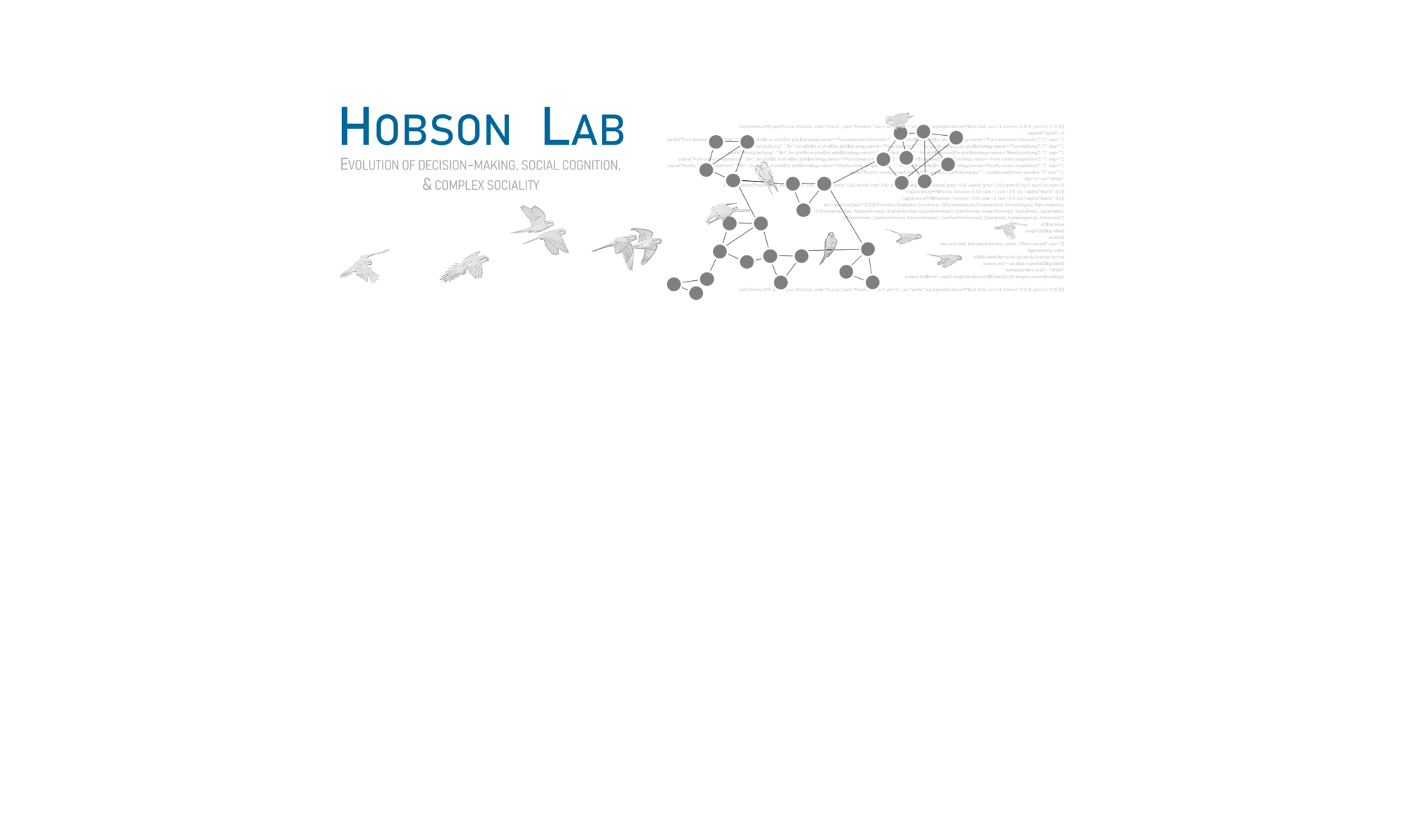Stephen Baldwin, who runs the website Brooklyn Parrots, did a nice write-up of my recent paper on rank in parakeets
From Brooklyn Parrots
Why exactly do Monk Parakeets fight?
September 14, 2015: While the Monk Parakeets (AKA Quaker Parrots) we find living in Brooklyn don’t go out of their way to bother other birds, they do a fair share of fighting amongst themselves. Check out the video below, which I shot a couple of years ago at Brooklyn College.
Obviously, something is bothering several of these birds, and they’ve decided to take it out on one another. Within about 15 seconds, the whole gang of parrots is rumbling like the cast of West Side Story. Interestingly, this battle appears to be a completly infra-parrot flock happening. The pigeons, sparrows, and lone squirrel who are part of this group don’t really seem to react to it at all.
Did some bird make the mistake of issuing a Trump-class insult to another one? Or just look at a bird the wrong way? I’ve replayed this tape many times, and still can’t get to the bottom of what prompted this peculiar street brawl.
Thank goodness for scientists, especially Elizabeth Hobson, who’s probably studied Monk Parakeet societies more systematically than anyone on the planet. A new, very nicely illustrated story on Audubon.org by Sarah Gilman highlights Hobson’s latest achievement: a play-by-play analysis of how and why these parrots fight.
According to Hubson, fights happen in a stange game of “telephone aggression,” wherein Bird A bothers Bird B, who bothers Bird C, who bothers Bird D. Who’s the beneficiary of this chain of biting and feather-pulling? Bird A, who now understands who’s who in the pecking order, and where exactly Bird A fits in. Also, any birds watching the aggression (and that’s a lot of them: rubber-necking seems to be a major past time among these parrots). Who is it safe to hassle? Who should one steer clear of? The chain of aggression tells the tale.
Each moment in an aggressive outburst is, it seems, a teachable moment. Conflict — observed, analyzed, and adapted by each member of the flock, appears to be a core mechanism for socialization and, it is presumed, better flock cohesion and better chances of flock survival.
I’m very glad to know that all this fighting, biting, yelling, and feather-pulling has a noble purpose!
Elizabeth Hobson’s new study is available at the PLOS Computational Biology Website:
http://journals.plos.org/ploscompbiol/article?id=10.1371/journal.pcbi.1004411






